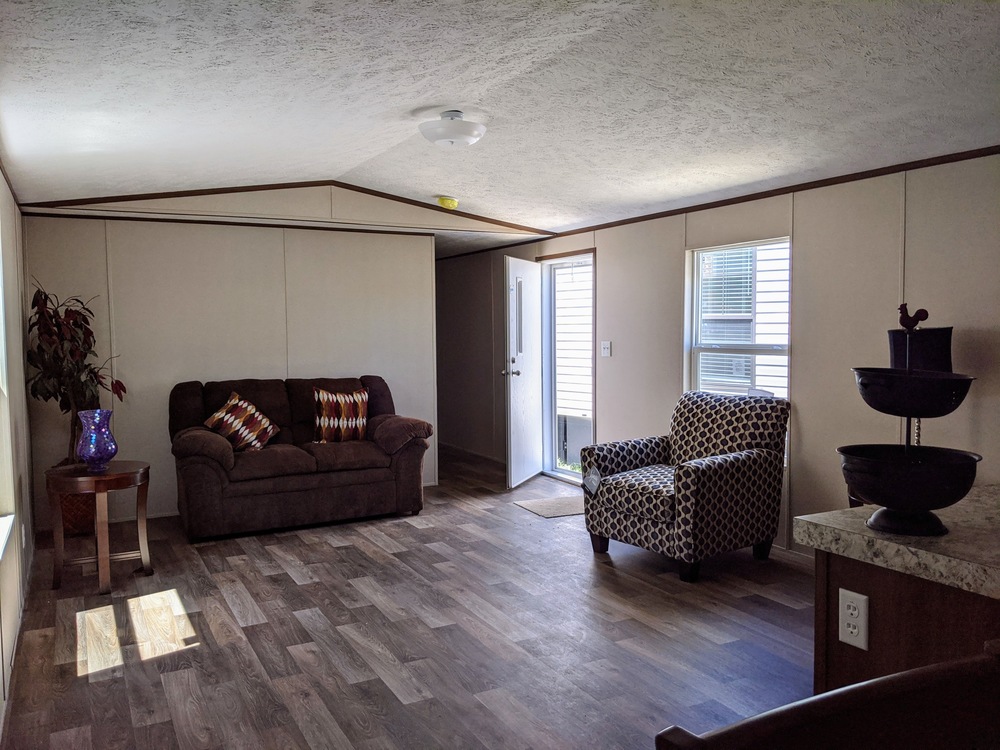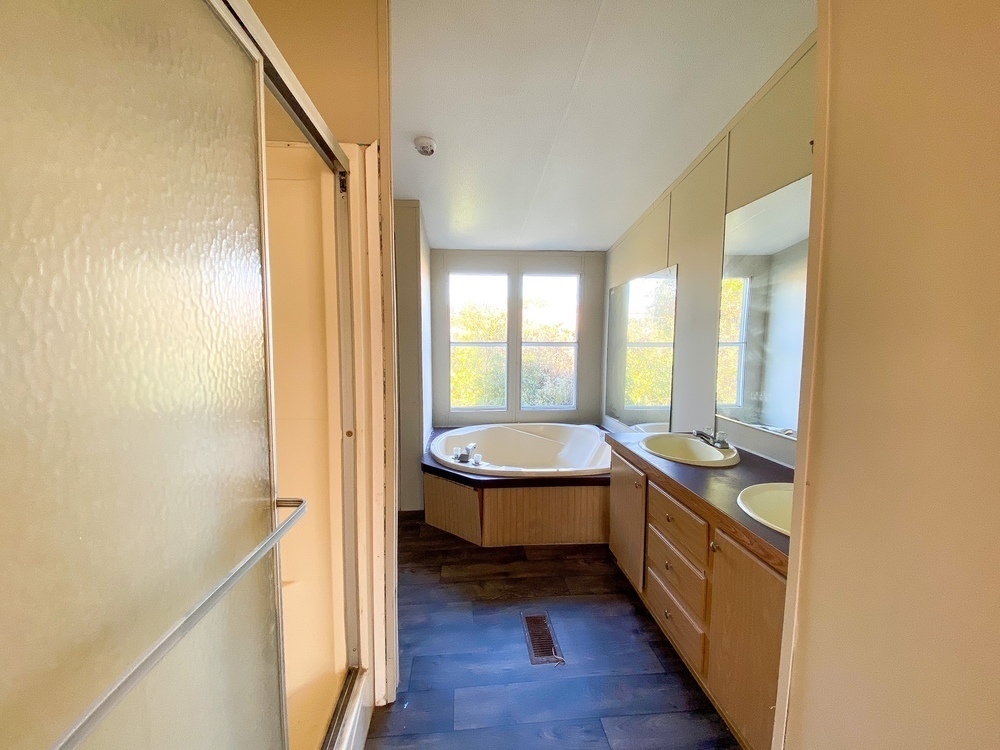
These tools ensure quality construction, but they also provide opportunities for innovation in home resilience.

Manufactured home facilities also have access to state of the art tools and technologies that aren’t easily accessible at outdoor construction sites. Beams can be aligned more accurately and walls can be joined at perfect angles, which makes your home as solid and sturdy as is physically possible. A stable environment with no wind and with level ground allows for more precision in the construction of the home structure. The controlled environment of the manufacturing facility benefits more than just the building materials of your home. With indoor storage space the materials can also be purchased in bulk for a lower price and saved until needed, meaning that building costs can be lowered and so can the retail price of the home. Exposure to elements like rain and moisture during the building process can lead to warping, corroding, and other effects on building materials. Building materials such as wood and metal are stored safely inside, unlike site-built homes where materials are exposed to the elements. Manufactured homes are built in a controlled environment.īuilding a home in a manufacturing facility has several advantages when it comes to constructing strong, reliable housing. Once the home is confirmed to be code-compliant by the manufacturer, and again by third-party inspectors, it is awarded a permanent certification seal to represent the high standard of quality. Rigorous weather tests are also completed to make sure the home can withstand hurricane and tornado level winds. As building nears completion, many different tests are completed to ensure that all plumbing, electrical, and air systems are working correctly. These inspections are not just conducted by the facility themselves, but also by third-party inspectors that are trained to detect any problems or violations to address them right away. Safety inspections to confirm quality and stability are conducted regularly in manufacturing facilities. HUD standards provide rules and regulations for everything from plumbing, electrical, and fire safety to inspection, testing, and proper installation.
ZONE 2 MOBILE HOME WIND RATING CODE
The HUD Code sets regulations that all manufacturers must abide by, with stringent rules that address building safety and construction processes. Department of Housing and Urban Development. All homes built after the year 1976 must adhere to a set of strict building standards specifically developed for manufactured homes by the U.S. Manufacturing facilities enforce strict building standards and inspections.Ĭonstruction is closely monitored for all manufactured homes. This building technique makes each factory-built home a strong and resilient structure. The extra materials used in the construction of the structure provide additional support to the manufactured home, even in the strongest weather conditions. The common myth is that manufactured homes are weaker or flimsier than site-built homes, but the reality is just the opposite. 1These homes need to withstand the stresses of transportation from the factory to the intended lot or property, so they are built for maximum durability from start to finish.

Manufactured homes are intentionally constructed with 20 to 30 percent more materials than site-built homes. Manufactured homes are built with more materials than site-built homes. We’ve explained five reasons why we know your current (or future) manufactured home is ready for anything, so you can stop worrying and start searching for the home of your dreams. Worry not – Today’s manufactured homes are just as strong and sturdy as any site-built home, and may even be more durable against extreme weather like tornadoes and hurricanes. Manufactured homes are quickly growing as an affordable housing option, but sometimes concerns still arise about the strength and stability of these homes compared with a site-built home. Finding a home that can be trusted to keep you and your family safe is a top priority.


 0 kommentar(er)
0 kommentar(er)
